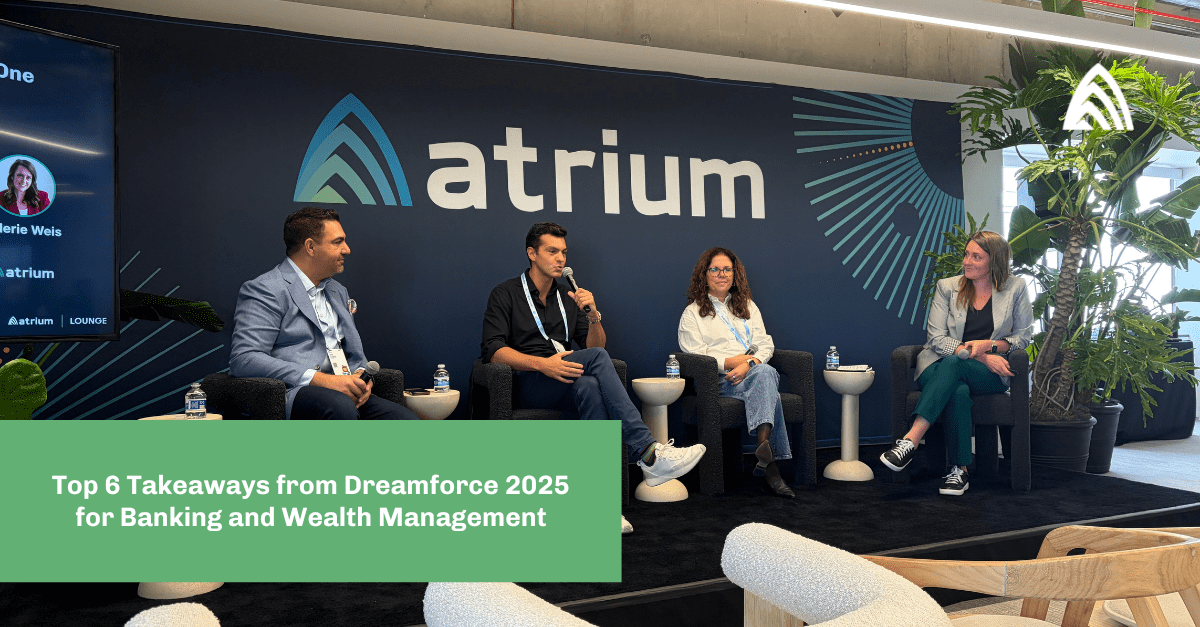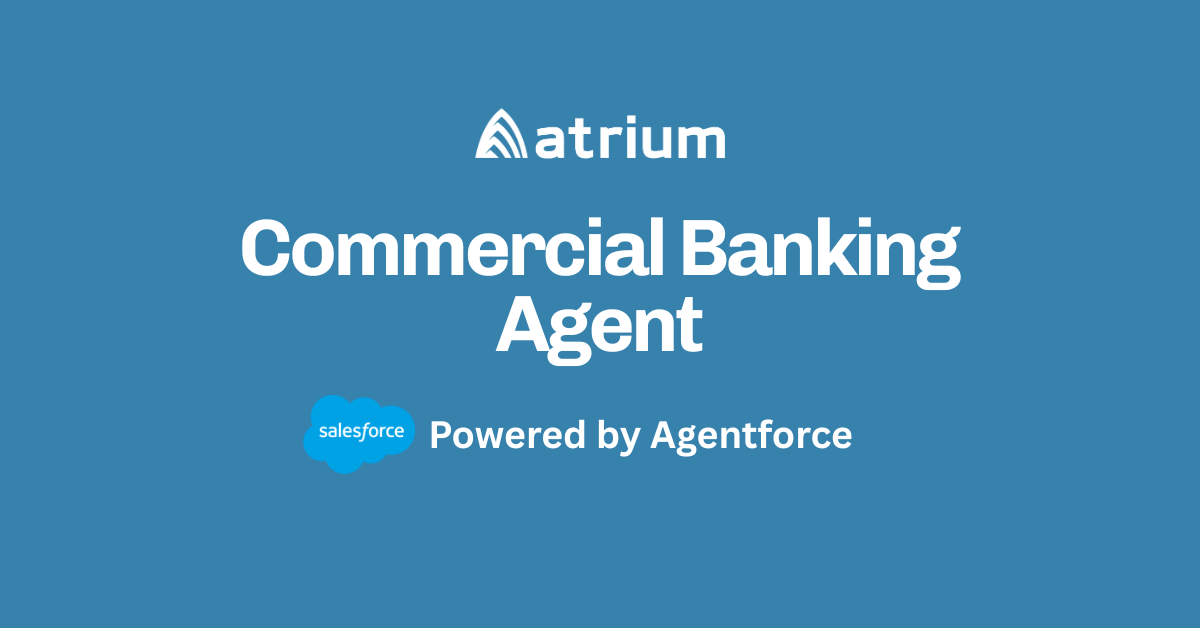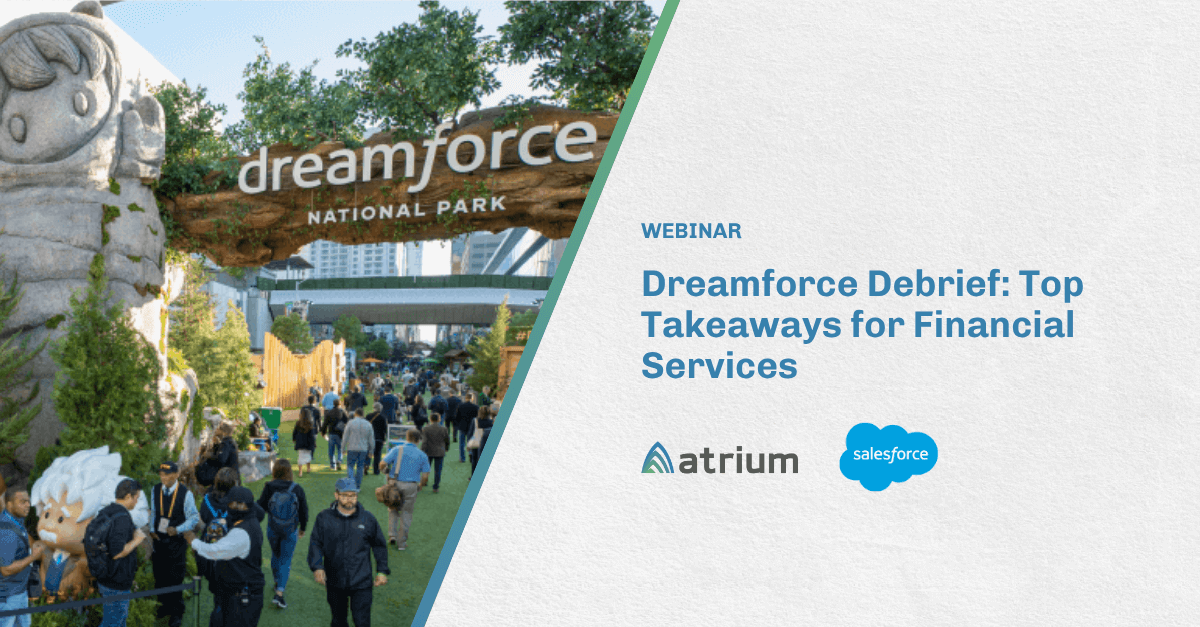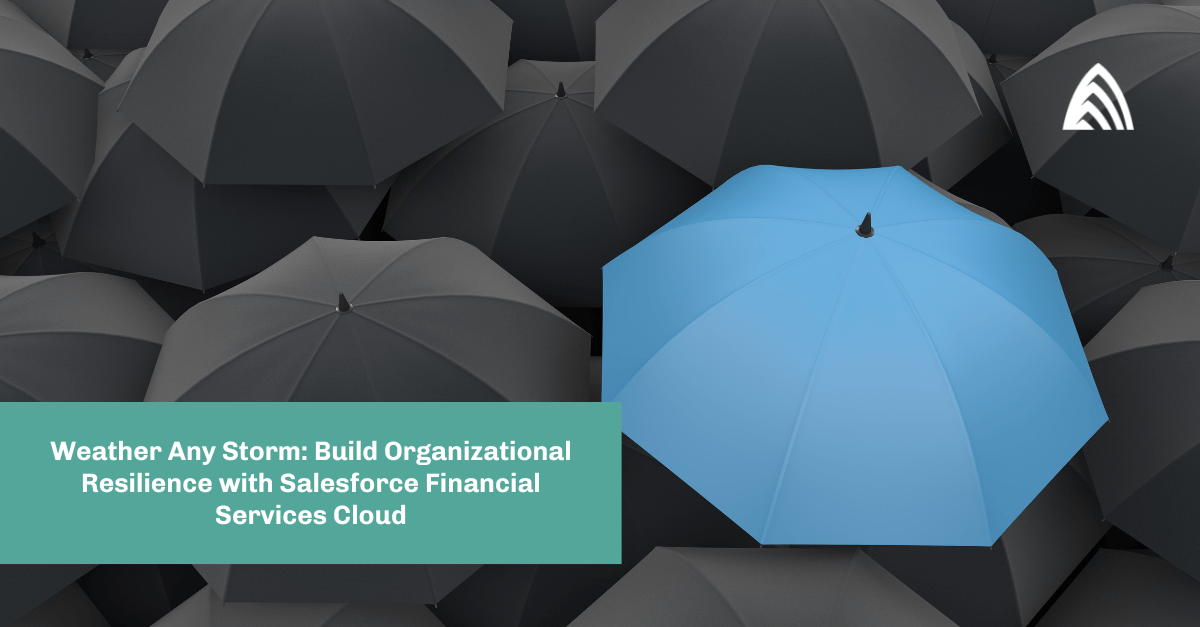“We tried to do everything at once… and the project collapsed under its own weight.”
We see it all the time: a bank or wealth firm embarks on a Salesforce Financial Services Cloud (FSC) journey with the best of intentions. The project team packs every possible feature, workflow, and integration into phase one. Everything but the kitchen sink gets included. The result? Delays, frustration, user fatigue, and sometimes, full-on project failure.
Studies reveal that CRM implementation failure rates can range from 30% to 70%, often due to poor planning, lack of user adoption, and inadequate training.
Big bang rollouts don’t work.
The simple truth is: users can’t absorb that much change at once. Successful Salesforce programs start by identifying what’s mission-critical for day one, focusing only on the core features that provide immediate value and support everyday workflows. Then they expand and evolve intentionally.
The problem with overloading your Salesforce implementation
Trying to deliver everything at once creates risk at every level:
- Users are overwhelmed and disengaged.
- Project teams burn out chasing an ever-growing list of requirements.
- Timelines and budgets spiral out of control.
- Organizations never reach adoption because the system feels “too complex” before it ever has a chance to succeed.
We often hear it after the dust settles from an unsuccessful launch:
“We tried to build it all — householding, complex reporting, automated referrals, customer dashboards, full customer 360… and it was just too much.”
The intention was good: deliver the ultimate solution from day one. The outcome was predictable: delays, endless scope creep, disengaged users, and a system that no one felt comfortable adopting.
Householding is the perfect example of a well-intentioned project killer
Householding: On paper, it sounds like the ultimate “must-have” for day one. Who wouldn’t want a 360-degree view of every household relationship, every account, and every financial connection tied together perfectly? It promises incredible visibility for bankers and advisors.
But in practice, householding introduces enormous complexity. It requires ironclad data quality, rigorous process discipline across teams, and deep user training. Relationship models vary by line of business, client segment, and even institution. A single bad data entry or inconsistent definition of a relationship can cause chaos.
We’ve seen teams sink months (or years) into building sophisticated householding structures only to discover that frontline users aren’t ready for the change or don’t trust the data. Adoption grinds to a halt. Worse, energy and focus are pulled away from more foundational improvements that would have delivered immediate value.
The reality? You can (and should) get householding right — but not at the expense of adoption. Strong householding is a phase two or phase three milestone. Start with simpler wins: contact management, activity tracking, basic client profiles, and core opportunity management.
Once users have confidence in the system and trust the data, expanding into householding becomes a natural (and much safer) next step.
How to design Salesforce rollouts for adoption and risk reduction
There’s a better way. Successful teams focus on reducing risk, accelerating time-to-value, and building adoption through an MVP (Minimum Viable Product) mindset. Three simple principles can set you up for success:
- Prioritize only the essentials. Your first release should cover the basics: lead tracking, client onboarding, activity logging, and opportunity management. These are the blocking and tackling tasks that create immediate value and help users build comfort with the system.
- Save “nice to haves” for later. Householding, complex relationship modeling, advanced reporting, and deep integrations are all powerful — but only if you have a strong foundation first. Give your users time to learn the system, provide feedback, and feel successful before introducing complexity.
- Use AI to add value without adding complexity. The goal of AI is not to overwhelm, but to enhance. Intelligent case routing, meeting note summarization, and next-best action suggestions are excellent ways to deliver productivity boosts without cluttering the user experience. They quietly improve outcomes while letting users focus on relationship building.
Don’t mistake MVP for mediocrity
One of the biggest misconceptions about an MVP approach is that it will feel “too basic” or underwhelming to users. That doesn’t have to be the case. The key is to add intelligent automation and AI, like Agentforce, in the right places to amplify value.
By automating repetitive tasks like data entry, meeting note capture, case routing, or providing next-best action suggestions, you create an experience where the system feels like a true partner to the banker, not just a database.
When thoughtfully applied, AI accelerates adoption because it helps users accomplish more with less effort, turning a simple rollout into something that immediately enhances their day-to-day success.
A realistic example: Getting Salesforce right from the start
A mid-sized community bank approached Salesforce as a greenfield implementation. Leadership was eager: they wanted to launch everything on day one: full householding, automated referrals, complex relationship models, predictive dashboards — the works.
But their project team stepped back and asked: What do our bankers really need to succeed on day one?
The answer was surprisingly simple: a clean way to track customers, document activities, and manage basic opportunities. That was it.
So they deliberately stripped the initial build back to the fundamentals:
- A clean client record
- Contact and activity tracking
- Pipeline visibility
They held back advanced householding, automated relationship scoring, and complex reporting for later phases. The result? User adoption skyrocketed. Bankers trusted the system because it worked for their day-to-day needs and didn’t overwhelm them with unnecessary data fields or clunky workflows.
As confidence grew, the bank began to layer in additional features at a controlled pace, always led by banker feedback and readiness. What could have been a stalled, bloated project became a sustained success story built on focus, simplicity, and trust.
It’s time to rethink “all or nothing”
The most successful Salesforce projects don’t try to boil the ocean. They start small, deliver targeted wins, and expand at a pace the users can handle.
A well-designed MVP rollout may seem basic at first glance, but when paired with intelligent automation and AI enhancements, it becomes an engine for immediate user satisfaction and long-term success. AI should never overwhelm or complicate the experience; it should quietly amplify value by eliminating manual steps and guiding users toward better outcomes.
If your Salesforce program feels bloated, stalled, or overwhelming… simplify. Focus on essential workflows that deliver value now. Let your users experience success early with a streamlined core system, then build intelligently as their confidence grows.
How Atrium helps reduce risk and accelerate value
At Atrium, we help financial services clients adopt this disciplined, user-first approach. Our teams partner with you to:
- Define the minimum must-have capabilities for day one
- De-prioritize high-risk or “shiny object” features that can wait
- Engage users early to co-design a system that works for them
- Rapidly deploy and iterate through feedback-driven enhancements
- Introduce AI thoughtfully to automate the routine and reduce manual work
The result is faster adoption, reduced project risk, and happier users who genuinely see Salesforce as an asset, not a burden.
Ready to build a Salesforce program that delivers fast wins and scales gracefully? Connect with Atrium to learn how less is more can be your smartest strategy.








